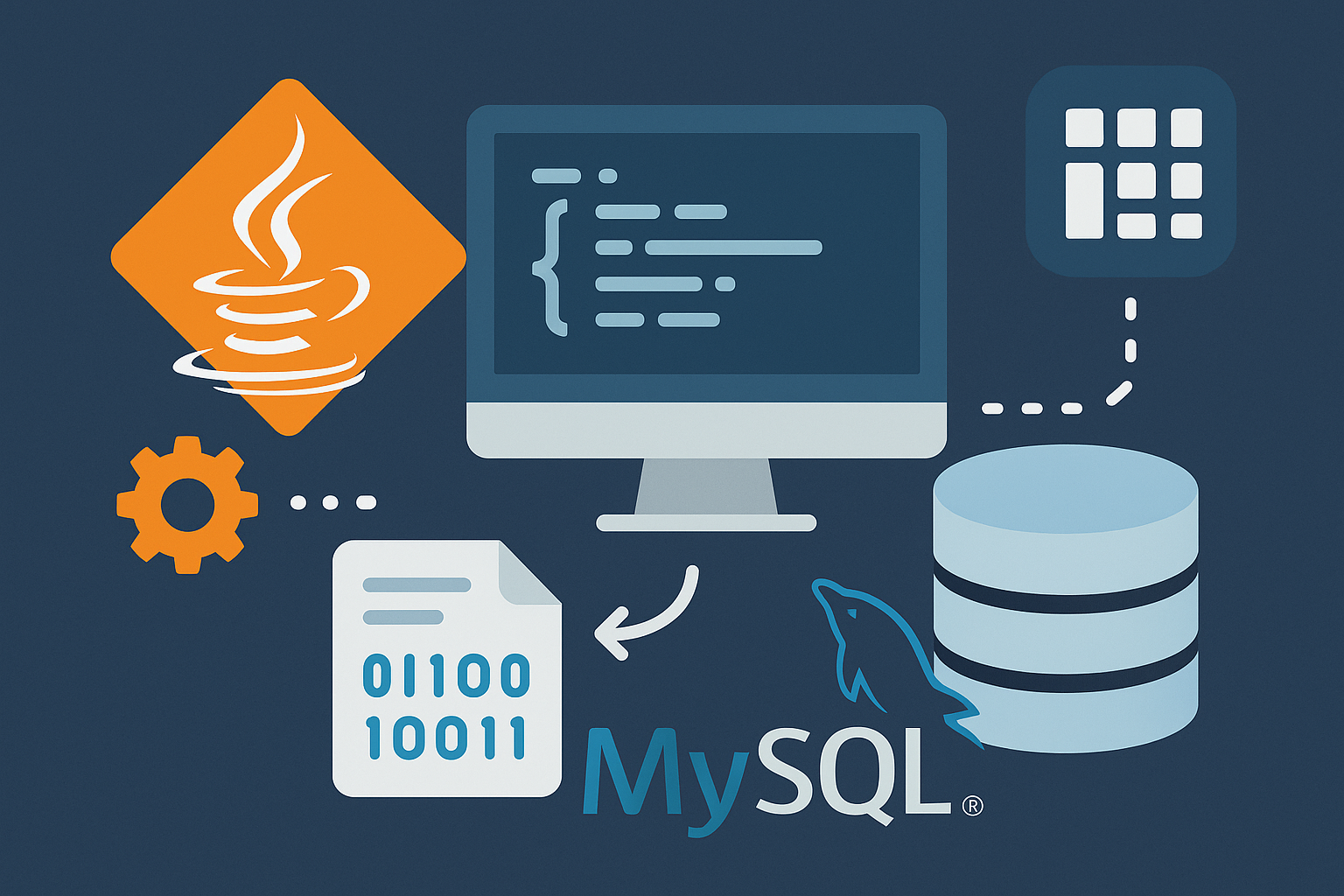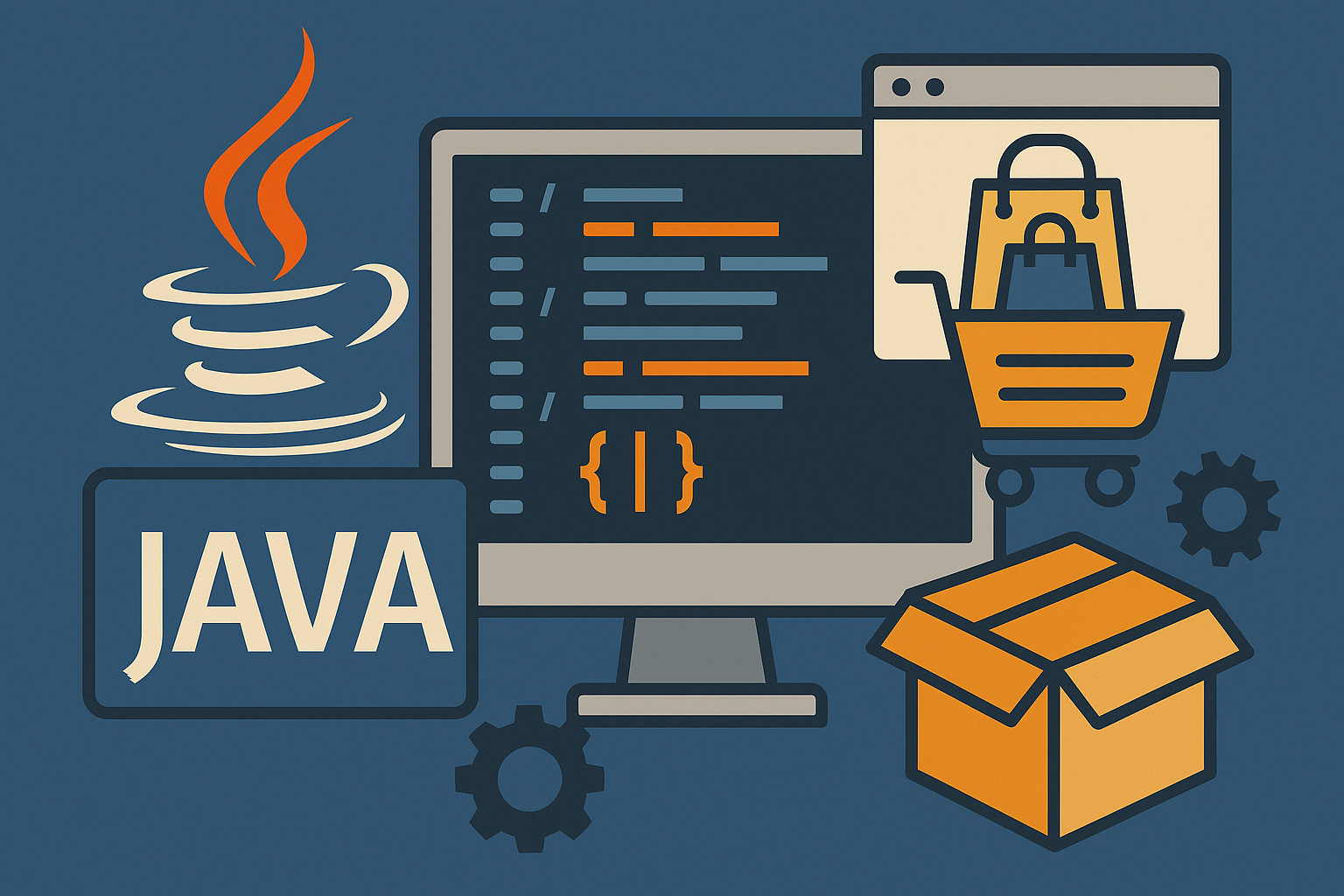"I'm interested in Spring Boot, but it seems difficult."
"Where do I start when creating a business system?"
For those who have such concerns.
In this article,Java×Spring Boot business inventory management systemThe steps to build it from scratch are as follows:
Explanations that are easy to understand even for beginnersI will.
Including linking with MySQL and data storage processing,Basic methods that can be used on-siteYou can learn.
- What can you do with Spring Boot?
- Project configuration and preparation
- Database and Entity Design
- Implementing Data Operations: Repositories and Controllers
- Common errors and solutions
- Application functions and advanced examples
- Summary of the completed configuration
- Summary: You can create your own business systems
What can you do with Spring Boot?
Meet the requirements for a business system
Conclusion: Spring Boot allows you to create business applications efficiently and safely.
The business system needs the following:
- Registering, editing, and deleting data (CRUD function)
- Connecting to a database (e.g. MySQL)
- Stable routing structure
- Code reusability and maintainability
Spring Boot provides a mechanism to build these elements in a short time.
GovernmentInformation System Construction StandardsBut there is a need for a robust and maintainable design.
(Reference: Digital Agency https://www.digital.go.jp/policies/cloud-by-default/)
Project configuration and preparation
First, create a project with Spring Initializr.
Conclusion: Create a basic configuration on the official site and set up MySQL connection.
Preparation steps:
- Visit https://start.spring.io/
- Select the following settings:
- Project: Maven
- Language: Java
- Dependencies: Spring Web, Spring Data JPA, MySQL Driver
- After downloading, extract it in your favorite IDE (e.g. IntelliJ, VSCode)
next,application.propertiesSet it as follows:
1 | |
Database and Entity Design
Map a MySQL table to a Java class
Bottom line: Create Java classes to match your table structure.
Example: Product table "products"
1 | |
Entity class (Product.java)
1 | |
Implementing Data Operations: Repositories and Controllers
Allows you to list, register and delete product information
Conclusion: Using JPA functions, you can operate without writing SQL.
Repository interface (ProductRepository.java)
1 | |
Controller (ProductController.java)
1 | () () |
Common errors and solutions
Here are some common errors and how to fix them
- Error: Unknown database 'inventory_db'
→ Solution: Log in to MySQL,CREATE DATABASE inventory_db;Run - Error: Access denied for user 'root'@'localhost'
→ Solution:application.propertiesCheck that the password and user name are correct. - Error: Entity class not recognized
→ Solution:@EntityScanCheck annotations and correct package configuration
Application functions and advanced examples
Meet commercial-level requirements
Additional features can easily be implemented, such as:
- Update function (
PUTAdding a method - Input value check (
@Validand validation annotations) - Login function (Spring Security)
- Pagination support (
Pageableuse)
Summary of the completed configuration
1 | |
Example of operation check URL:
- GET http://localhost:8080/products
- POST http://localhost:8080/products
- DELETE http://localhost:8080/products/{id}
Summary: You can create your own business systems
In this article,MySQL-linked business system using Java and Spring BootI explained how to build it.
What I learned:
- Spring Boot project configuration and startup method
- Database operations with JPA
- Basic implementation of REST API
By further developing this technology, it will be possible to develop apps that can be used in practical applications.
please,Custom business systemTry building it!


